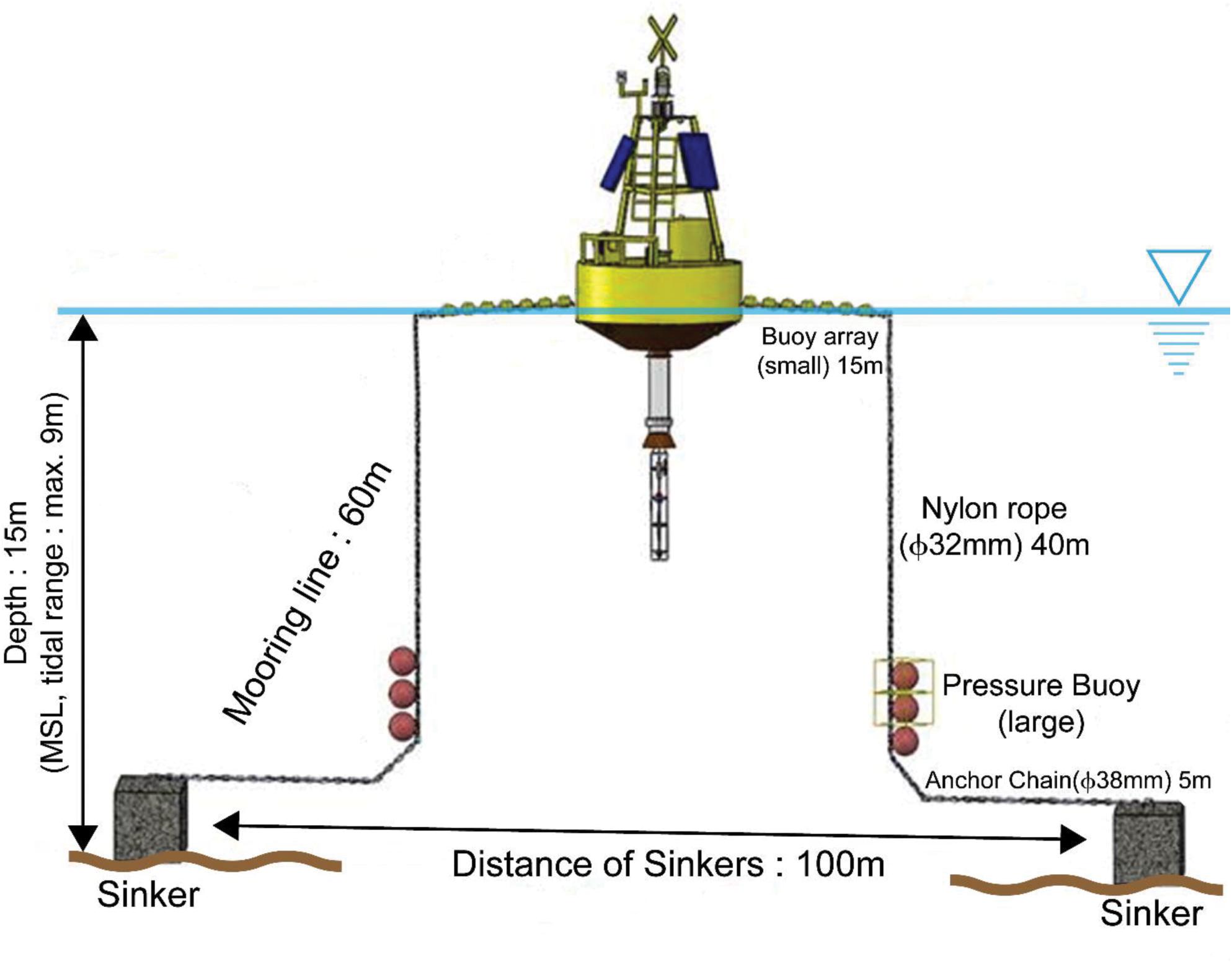
The analyses contained in this report provide a great deal of new information about offshore conditions on the U.S. The various sections describe the development and application of an inertial measurement unit (IMU) data recovery scheme for the New Jersey deployment a climatological analysis of winds at hub height and at the surface together with thermodynamic variables measured at the surface for the full deployment periods an analysis of oceanographic observations describe sea state the development of a refinement for NOAA’s WaveWatch III model to allow its application to near-shore areas a basic climatology of ocean currents observed from the buoys an analysis of observed winds in the framework of Monin-Obukhov Similarity Theory and the development and evaluation of techniques to extract turbulence intensity and turbulence kinetic energy from the lidars. An assessment of overall data recovery and a basic analysis of the data collected was provided in a previous report This report substantially extends that analysis. Oceanographic variables measured include the two-dimensional wave spectrum, water temperature and conductivity, and ocean current vectors to a depth of 90 m. In addition to the wind profiles from the lidars, the buoys collect near-surface measurements of wind speed and direction, air temperature, relative humidity, barometric pressure, and solar irradiance. The analyses in this report will apply to the original Vindicator systems. Since the initial deployments, the original lidars have more » been replaced with more powerful Leosphere 866 v2 systems.


The centerpiece instrument for each buoy as deployed off Virginia and New Jersey is a lidar system, which is designed to measure the horizontal wind vector from approximately 40 m to 200 m above the sea surface with vertical resolution of 40 m. This report describes a substantial analysis of data collected by the two lidar buoys operated off the coasts of Virginia and New Jersey. Over the last two years, PNNL has had an opportunity to analyze the data collected during these first two deployments. The initial deployment for one buoy was off the coast of Virginia beginning in 2015, and the other buoy was first deployed off the coast of New Jersey beginning in 2016. In general, each buoy is deployed for a year or more at a given location in order to capture at least a full annual cycle of weather conditions. The purpose of these buoys is to collect hub-height winds and supporting meteorological and oceanographic information to facilitate the development of offshore wind energy in the U.S. Department of Energy’s Wind Energy Technologies.

Pacific Northwest National Laboratory (PNNL) operates two AXYS WindSentinel lidar buoys for the U.S.


 0 kommentar(er)
0 kommentar(er)
